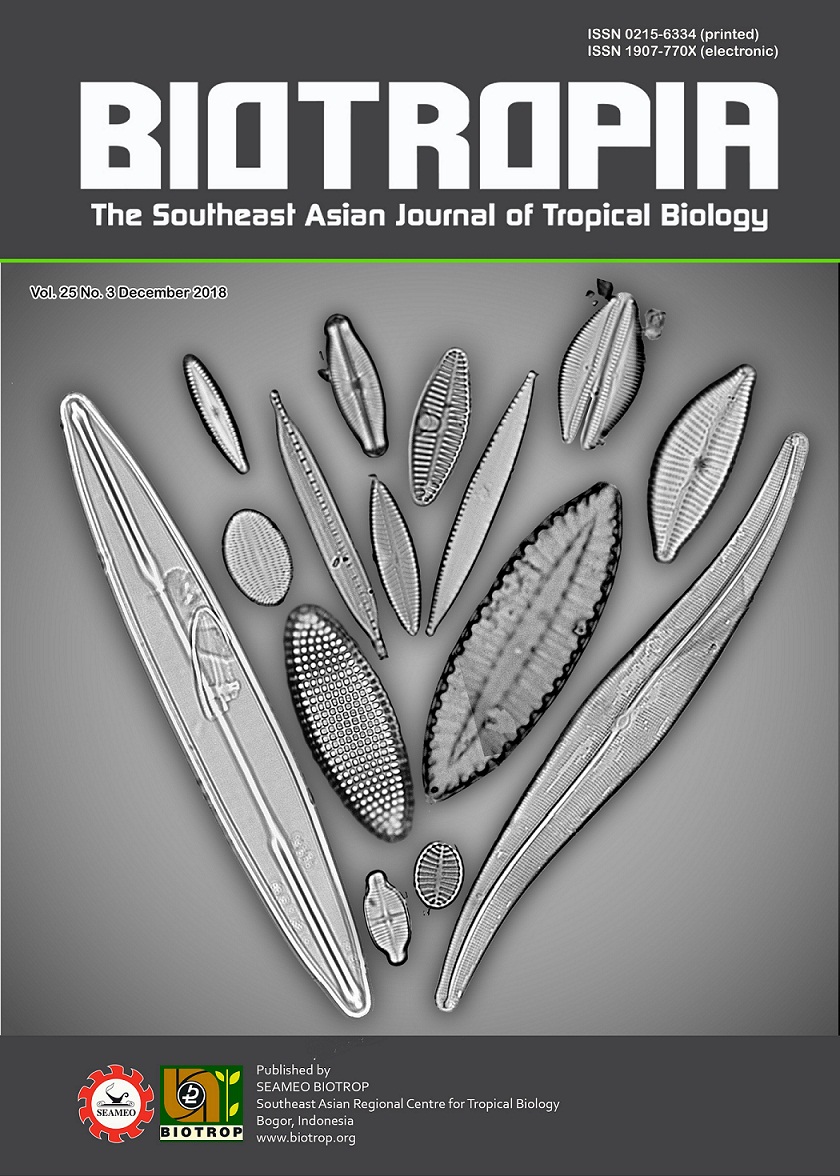
Tags
FIRE SPOT IDENTIFICATION BASED ON HOTSPOT SEQUENTIAL PATTERN AND BURNED AREA CLASSIFICATION
Content Language : English

Indonesia has the world's largest tropical peatlands of about 14.9 million hectares that have important life support roles. However, fire frequently occurs in peatlands. According to experts and field forest fire fighters, fire hotspots that appear in a sequence of two to three days at the same location has a high potential of becoming a forest fire. This study aimed to determine the sequential patterns of hotspot occurrences, classify satellite image data and identify the fire spots. Fire spot identification was done using hotspot sequence patterns that were overlaid with burned area classification results. Sequential pattern mining using the Prefix Span algorithm was applied to identify sequences of hotspot occurrence. Maximum Likelihood method was applied to classify Landsat 7 satellite images toward identifying burned areas in Pulang Pisau and Palangkaraya in Central Kalimantan and Pontianak in West Kalimantan. Sequence patterns were overlaid with image classification results. The study results show that in Pulang Pisau, 26.19% of sequence patterns are located in burned areas and 72.62% sequence patterns were found in the buffer of burned area within a radius of one kilometer. As for Palangkaraya, there were 62.50% sequence patterns located in burned areas and 87.50% sequence patterns in the buffer of burned area with the radius of one kilometer. In total, there were 72.62% and 87.50% fire hotspots recorded in Pisau and Palangkaraya, respectively which are strong indicators of peatland fires.
Link

This work is licensed under a Creative Commons Attribution-NonCommercial-NoDerivatives 4.0 International License.
